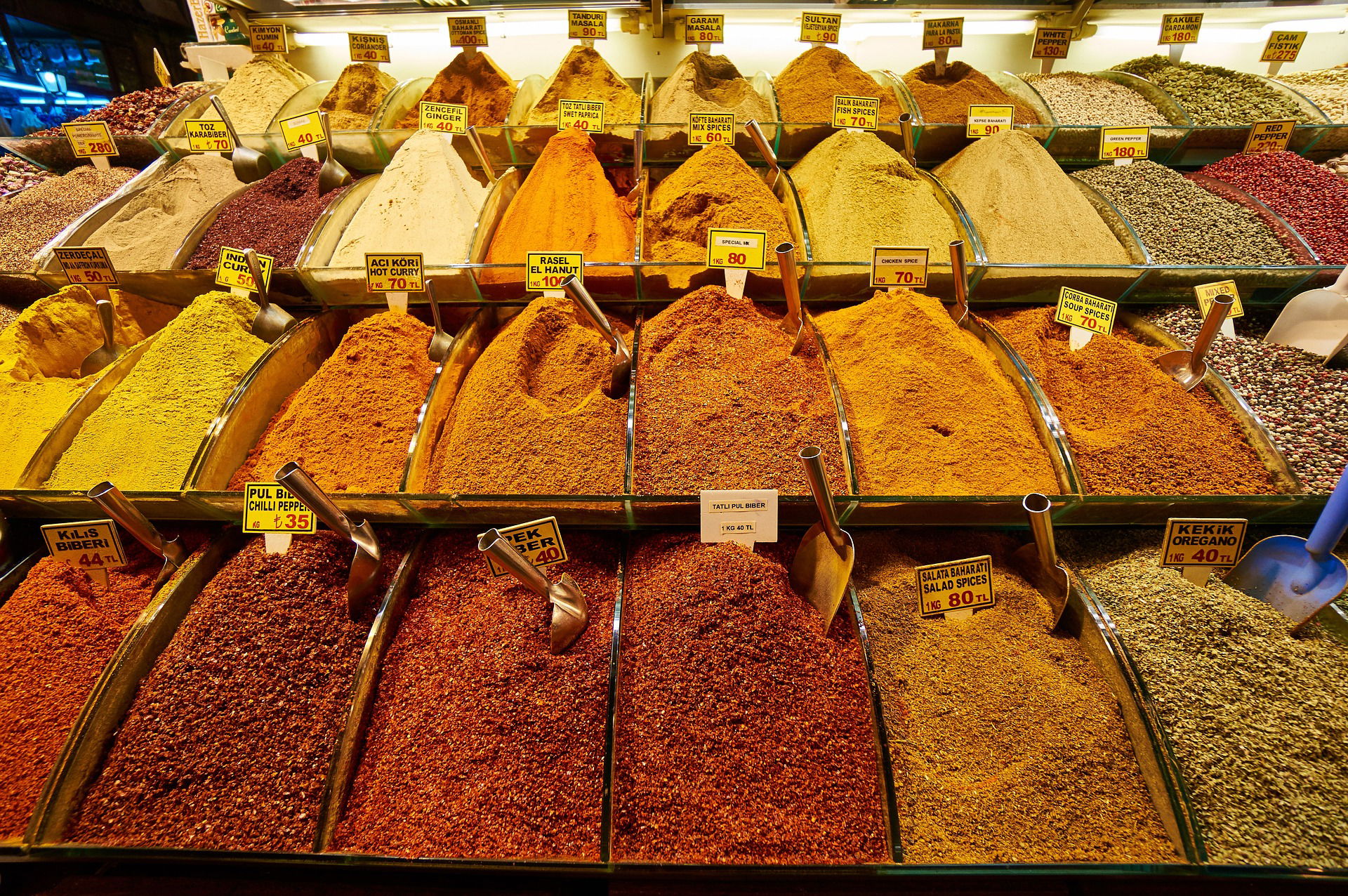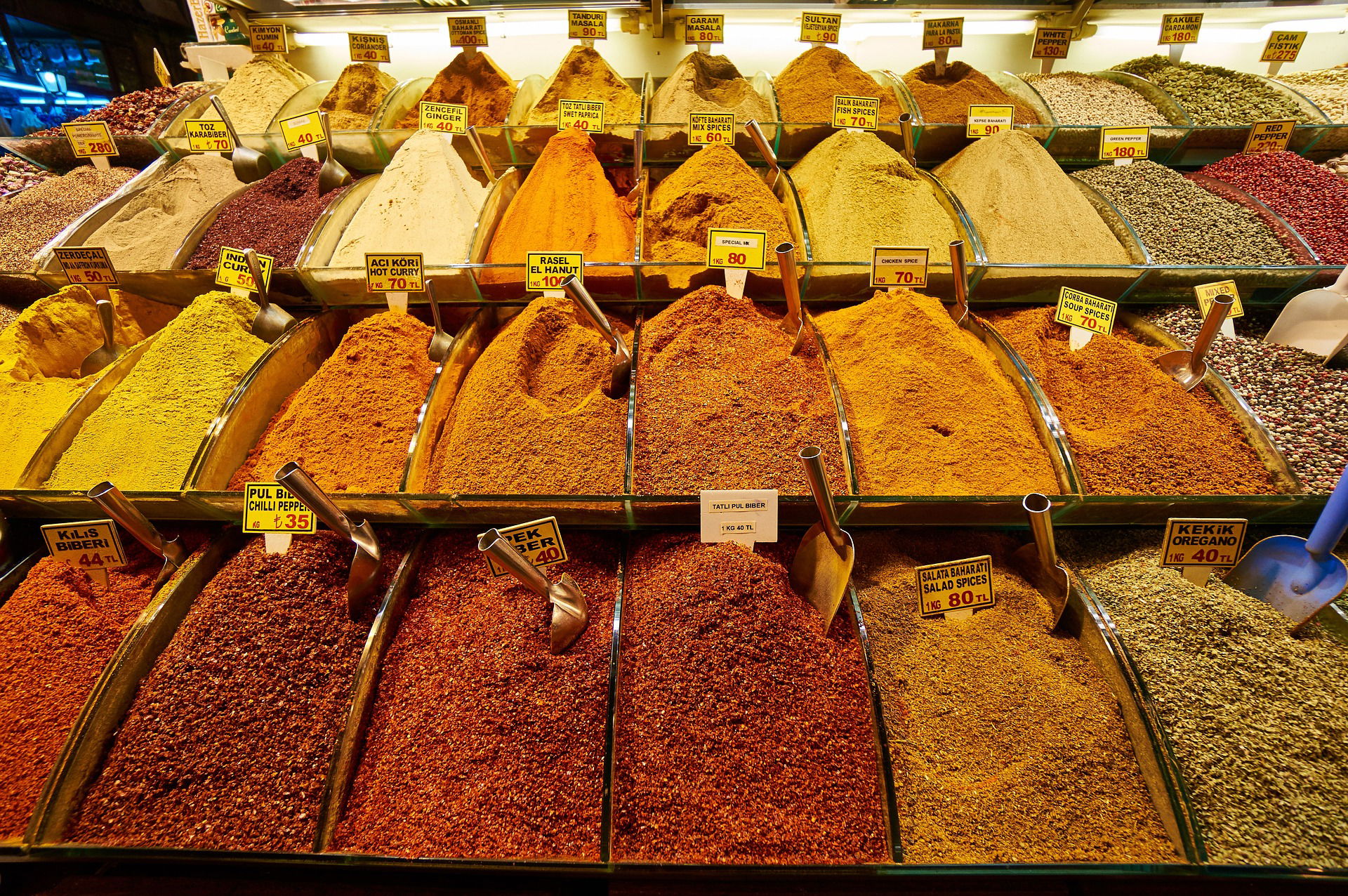
Regardless of being the largest producer and exporter of diverse varieties of spices in the world, India’s share in the global seasoning market, pegged at $14 billion in 2024, is only a paltry 0.7%, against China’s 12% and U.S.A.’s 11%, said Ramkumar Menon, chairman, the World Spice Organisation (WSO).
India currently exports 1.5 million tonne of spices of all kinds worth $4.5 billion, commanding a quarter of the global spice market valued at $20 billion.Mr. Menon said currently only 48% of India’s spice exports were valued-added products while the remaining bulk hits the markets as culinary whole spices. To achieve the Spices Board of India’s export target of $10 billion by 2030, the country’s share in value-added spices should rise up to 70%, he opined.
Regardless of being the largest producer and exporter of diverse varieties of spices in the world, India’s share in the global seasoning market, pegged at $14 billion in 2024, is only a paltry 0.7%, against China’s 12% and U.S.A.’s 11%, said Ramkumar Menon, chairman, the World Spice Organisation (WSO).India currently exports 1.5 million tonne of spices of all kinds worth $4.5 billion, commanding a quarter of the global spice market valued at $20 billion.Mr. Menon said currently only 48% of India’s spice exports were valued-added products while the remaining bulk hits the markets as culinary whole spices. To achieve the Spices Board of India’s export target of $10 billion by 2030, the country’s share in value-added spices should rise up to 70%, he opined.
‘’Seasoning is a huge market. Despite India being the largest producer and exporter of spices ,our current share in seasoning is really low, and we have a huge opportunity to grow in this segment,’‘ he said.Mr. Menon further said, it was also critical for the Indian spice sector to explore the nutraceutical and pharmaceutical value of spices in a big way.‘’We should explore the nutraceutical and pharmaceutical scope of our spices in a major way. This is another way of value adding by finding newer ways of useful consumption for our spices. Several spices are already being used by Ayurveda and other schools of medicine,’‘ he pointed out.
According to Mr. Menon, some 85% of the spices grown in India are consumed domestically. Although India leads the world in spice production, Vietnam, Indonesia, Brazil and China are also active players in the global spice markets. Africa entered spice production in recent years.On the importance of increasing spice production within the country, he observed that, other than the traditional spice-growing States in the country, the North Eastern region, Odisha and Jharkhand were emerging as sizable producers of various spices.‘’India has 15 different agro-climatic zones and this helps us grow a wide variety of spices, almost in all states,’‘ he said



